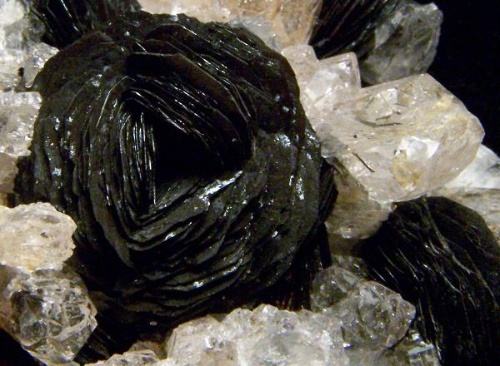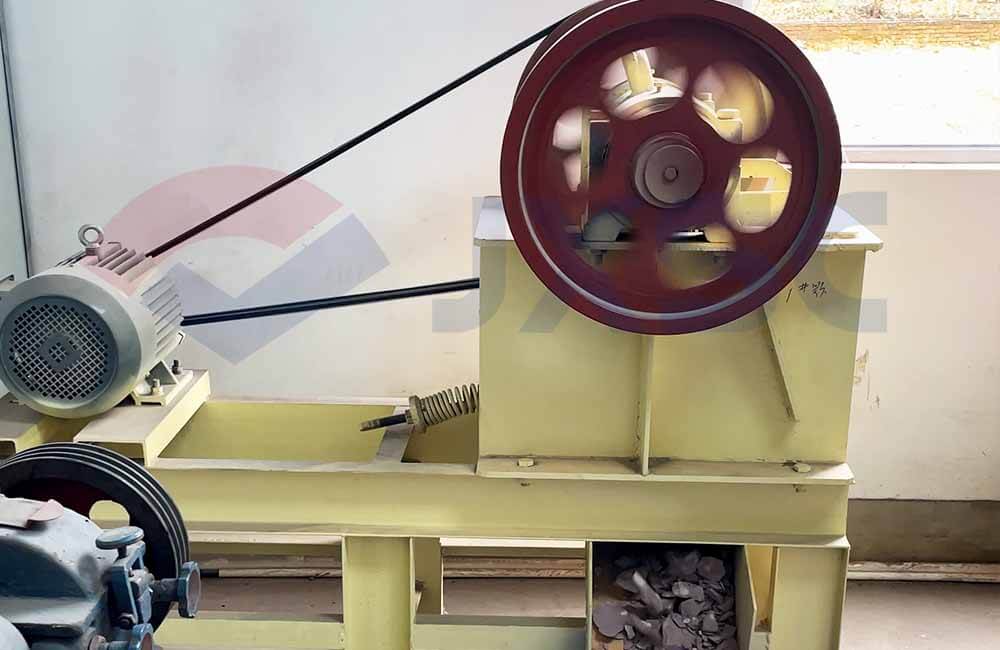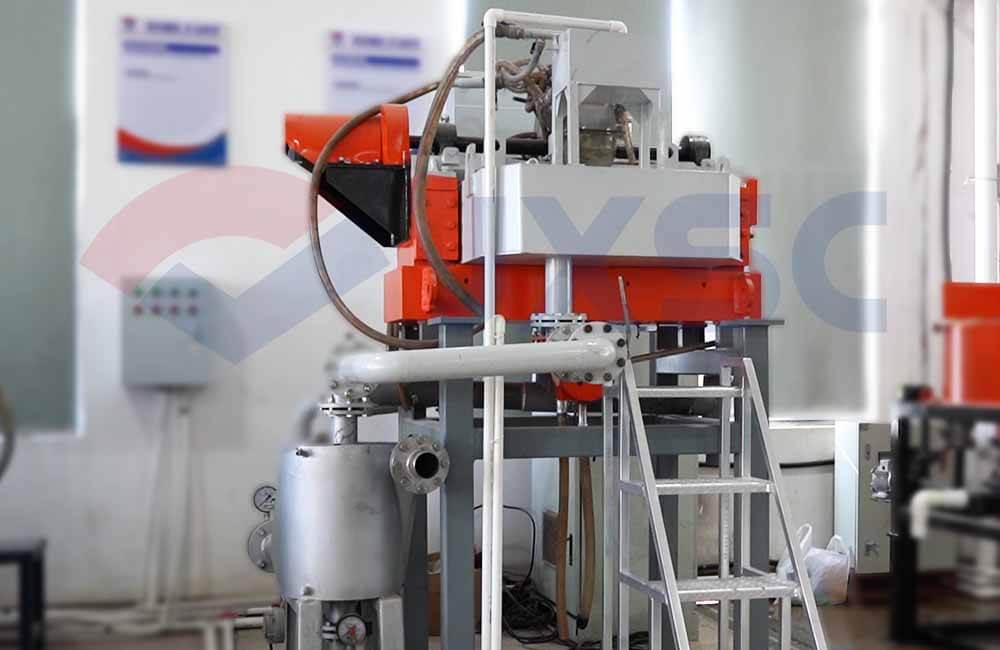Specularite is a variant of hematite, one of the important raw materials in the metallurgical industry, and a landmark mineral for finding iron ore. It is widely used as an anti-rust pigment for permanent steel buildings, such as bridges, towers, guardrails, vehicles, ships, etc. When the speculative vein has the same useful metal minerals as the main ore body, such as chalcopyrite, sphalerite, cassiterite, scheelite, etc., and gangue minerals, it is very valuable for mineral processing. Usually, the beneficiation method of specularite is crushing, stage grinding, spiral chute gravity separation to recover the dissociated coarse-grained specularite, and strong magnetic-flotation to recover the fine-grained specularite ore. Usually, the purpose of specularite beneficiation is to separate the lower content of iron, which is similar to the beneficiation method of hematite.
The beneficiation method of specularity will be different depending on the nature of the ore. We can take a small number of ore samples for magnetic separation testing first and then achieve the maximum recovery rate before large-scale production.
Characteristics of Specularite
Specularite is a subspecies of hematite. It is commonly found in iron-bearing rocks, often semi-born with quartz, and is named for its mirror-like crystal surface. It is mainly found in sedimentary, metamorphic deposits and contact metasomatic hydrothermal iron deposits. Due to its weak magnetic properties, it is a traditional ore that is difficult to utilize and difficult to separate. The main characteristics of specularite are low iron, low sulfur and phosphorus, and high silicon. The only recoverable valuable element is iron. It is mainly in the form of flake aggregates or rose-shaped aggregates, steel gray to iron black, with a shiny, metallic solid luster.

Specularite magnetic separation test
Specularite magnetic separation process
Specularite is mostly in the form of dense crystals, unevenly embedded in the ore, and the embedded particles are coarse. Generally, monomer dissociation can be achieved by crushing. Most of the specularite monomers can be dissociated through crushing, screening, grinding, and other processes. After the sample is carefully ground to release fine particles, it can then be purified by gravity separation methods and equipment. Finally, the material is sent to the magnetic separation stage, where different magnetic field strengths can separate the iron-rich components and dilute the impurities accompanying the ore at the same time.
Specularite magnetic separation equipment
1. Laboratory jaw crusher
Put 100mm specularite into the jaw crusher from the feed port. After starting, the two tooth plates squeeze each other to break the material into small particles of 10mm and then discharge it from the discharge port.

2. Laboratory ball mill
A ball mill is mainly used to grind materials to make the finished product reach 0-1mm or finer. The crushed specularite is further crushed to less than 1mm.
Process: The 0-10mm specularite from the jaw crusher is poured into the ball mill, where grinding steel balls are added. At this point, you can witness the ball mill’s versatility as it continuously rotates, with the grinding steel balls inside grinding the material into powder. This versatility extends to other types of ores such as rock gold, copper, and other metal ores, which can also be processed using ball mills.
3. High gradient magnetic separator
The high gradient magnetic separator is a testament to innovation in our field. It’s a new type of strong magnetic separator, primarily designed for the selection of weakly magnetic minerals such as hematite, limonite, siderite, ilmenite, and the iron removal and purification of non-metallic minerals like quartz and silica sand.
Process: Pour the 0-1mm specularite discharged from the ball mill into the high gradient magnetic separator. It generates an induced magnetic field in the separation zone, and a high gradient magnetic field is generated on the surface of the magnetic medium located in the separation zone. The rotating ring rotates clockwise to continuously feed the magnetic medium into and out of the separation zone. The slurry is fed from the feed hopper and flows through the rotating ring along the gap of the upper iron yoke. The magnetic particles in the slurry are adsorbed on the surface of the magnetic medium rod, brought to the top magnetic field-free area by the rotating ring, and flushed into the concentrate bucket by the flushing water. The non-magnetic particles pass through the magnetic medium pile under gravity and pulsating fluid force and are separated from the magnetic particles. Then, material flows into the tailings bucket along the gap of the lower iron yoke and is discharged.

When the properties of the ore change, the beneficiation method needs to be adjusted appropriately to achieve the separation and recovery of iron ore. The production process of our magnetic separation equipment does not pollute the environment. Abandoned ores and slag can be effectively developed and utilized, which improves resource utilization and can generate considerable economic benefits. It is a high-return machine with low investment and fast results. The specific mineral processing testing process and equipment selection will be determined according to your mineral properties and needs. Contact us (JXSC) for more details!
